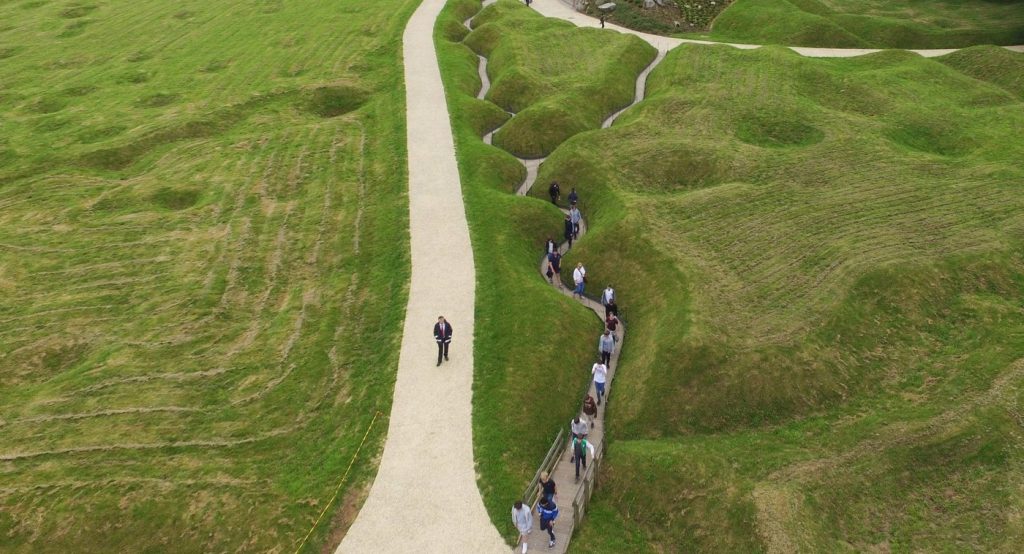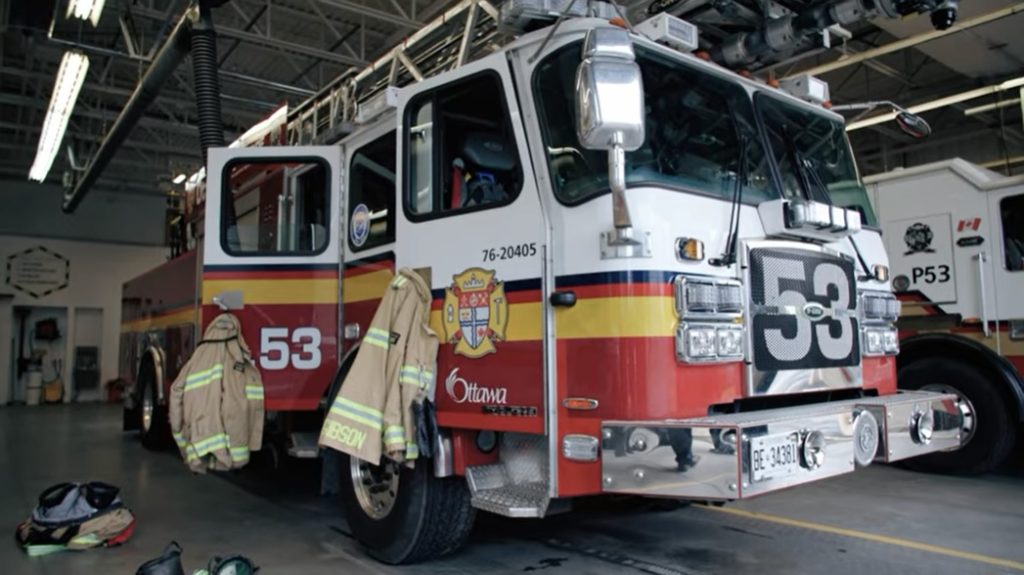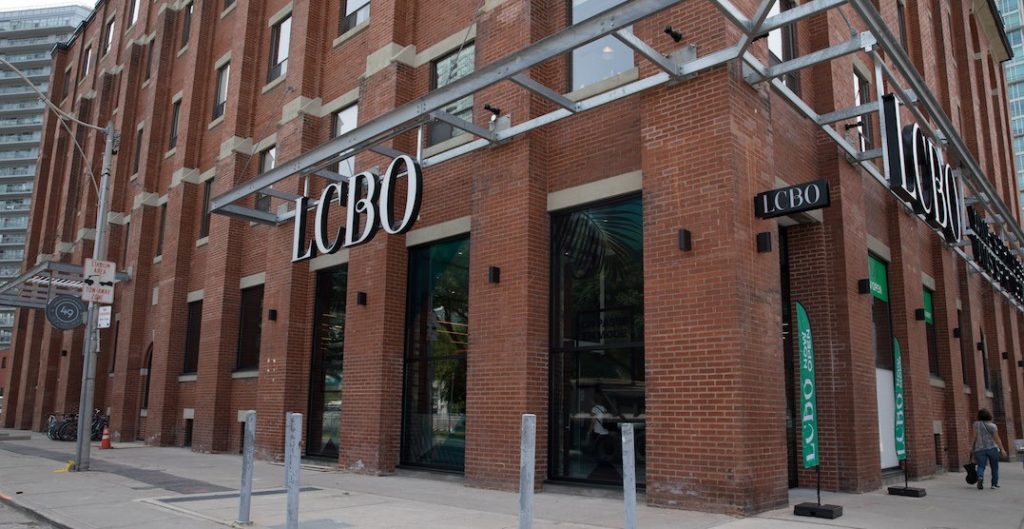Remains of unknown Newfoundland soldier who fought in France coming home this weekend

Posted May 24, 2024 03:00:14 AM.
Last Updated May 24, 2024 03:10:18 AM.
HALIFAX — The remains of an unknown Newfoundland soldier who died in France during the First World War are expected to arrive Saturday in St. John’s, N.L., where preparations are being made for a solemn reburial ceremony on July 1.
For most Canadians, July 1 is Canada Day. But in Newfoundland and Labrador, it is also Memorial Day, a time to remember the hundreds of young men from the Newfoundland Regiment who died on July 1, 1916, during a disastrous battle at Beaumont-Hamel in northern France.
“So many small communities in the dominion of Newfoundland lost so many people that day,” federal Labour Minister Seamus O’Regan, who is also a Newfoundland MP, said Thursday in an interview from Amiens in northern France.
“July 1st has this very unique quality to it. We spend half the day celebrating this great country, and half the day in mourning. It’s something that permeates the heart of every Newfoundlander.”
This year is the 100th anniversary of the Newfoundland National War Memorial in downtown St. John’s, where the unknown soldier’s remains will be placed in a black granite tomb on Memorial Day.
The tomb, now part of a refurbished memorial site, will represent deceased Newfoundlanders and Labradorians from all branches of service who have no known grave.
Earlier this week, delegations representing the Canadian and provincial governments, as well as the Canadian Armed Forces and veterans travelled to France to pay their respects at memorial sites and cemeteries for Newfoundlanders who fought and died there.
“To come here is a very emotional experience,” said O’Regan, adding that he planned to visit the grave of his great-great-uncle, Lt. Richard Shortall, a member of the Newfoundland Regiment who died in battle on July 1, 1916, and was buried at Beaumont-Hamel.
On Saturday, the government of France is expected to formally transfer the remains of the unknown soldier to the governments of Canada and Newfoundland and Labrador during a repatriation ceremony at the Beaumont-Hamel Newfoundland Memorial, followed by ramp ceremonies at airports in France and St. John’s.
The federal delegation is being led by O’Regan, and the provincial delegation’s leader is Newfoundland and Labrador Premier Andrew Furey. The premier is acting as the unknown soldier’s next of kin, which means the premier is representing all of those who lost loved ones during the First World War.
“As we begin the emotional journey to bring one of ours home, I find myself reflecting on the significant contributions and sacrifices made by a relatively small regiment of Newfoundlanders and Labradorians,” Furey said in a statement before he left for France. “It speaks volumes to who we are as a people: strong, resilient and passionate.”
The military aircraft carrying the soldier’s body home is expected to touch down at St. John’s International Airport on Saturday at around 7 p.m. local time. From there, a hearse will carry his remains past several historically significant sites in the port city, including the former Camp Pleasantville, where First World War soldiers trained before heading overseas.
And from June 28 to June 30, the unknown soldier will lie in state at the provincial legislature in St. John’s.
On July 1, a funeral procession of Canadian Armed Forces members will escort the casket to the war memorial site, where it will be lowered into the tomb, which overlooks St. John’s harbour.
“Falling in combat is the ultimate sacrifice a person can make for their country,” Gen. Wayne Eyre, chief of the defence staff, said in a statement. “The Canadian Armed Forces understands the profound importance of this event, and is honoured to carry out the transfer of remains and coming reburial of our fallen member …. We are deeply proud to bring him home to his permanent place of rest.”
During the First World War, Newfoundland was not yet part of Canada, but it was a separate dominion within the British Empire. When Britain declared war on Germany in August 1914, Canada and Newfoundland automatically joined the war.
The Newfoundland Regiment’s first recruits, sent overseas in October 1914, would become known as the “Blue Puttees” because of the colour of the cloth wraps they wore on their lower legs. In 1915, the regiment saw action during the Gallipoli campaign in Turkey before they were transferred to the Western Front in northern France in the spring of 1916.
On the morning of July 1, 1916, about 800 members of the regiment, armed only with rifles and bayonets, were ordered to charge toward German artillery positions and machine-gun fire as the Somme campaign was launched. Soon after the troops emerged from their trenches, the frontal assault became a slaughter amid the barbed wire and muddy craters of “no man’s land.”
Just 68 soldiers answered roll call the next morning. The other members of the regiment had been killed, injured or reported missing. Among the dead were 14 sets of brothers.
They were among 57,000 British and Commonwealth soldiers killed, wounded or reported missing that day. And the Battle of the Somme would drag on for another four months, claiming 200,000 lives on both sides of the battlefields.
The staggering death toll at Beaumont-Hamel left an indelible mark on Newfoundland, which at the time was home to about 240,000 people.
In all, more than 12,000 people from Newfoundland and Labrador served in various branches during the war. About 1,700 of them died, and more than 800 have no known grave.
This report by The Canadian Press was first published May 24, 2024.
Michael MacDonald, The Canadian Press








